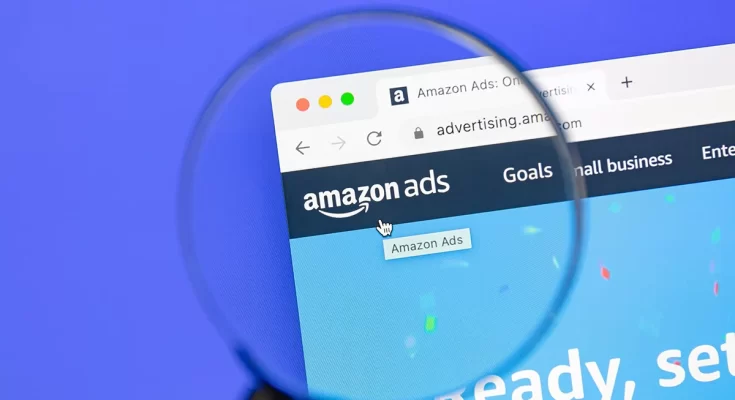Amazon stands out as a platform where visibility can make or break sales potential in the competitive e-commerce market of today. Sellers looking to maximise their presence and boost sales have found great success with Sponsored ads Amazon. When paired with Amazon listing optimisation, this potent tool forms a strong strategy that can greatly improve product visibility and increase sales volumes.
Understanding sponsored ads on Amazon
Amazon sellers can directly advertise their products in search results and product pages by using Sponsored ads, a sort of pay-per-click advertising. By displaying the products where prospective customers are most likely to see them, these advertisements aim to make products more noticeable. Sponsored ads can be a fast approach to get more attention and clicks for both new and established products.
The role of Amazon listing optimisation
Although Sponsored ads direct users to product listings, the listing’s effectiveness plays a major role in whether or not those clicks result in purchases. Optimising an Amazon listing is fine-tuning the product title, keywords, photos, and descriptions in order to draw in visitors and convince them to become purchasers. By making the listing more appealing to buyers when they click through and more relevant to their searches, an optimised listing increases the effectiveness of Sponsored ads.
Setting up successful sponsored ads
Before beginning to use Sponsored ads, sellers need to decide which items to promote, which target keywords to use, how much money to spend, and what kind of advertisement will work best for them. Selecting products with the best potential for returns on advertising investment is essential. Analysing product performance, competition, and market demand is required for this.
Choosing the right keywords
The secret to making Sponsored ads that work is choosing the right keywords. Sellers ought to concentrate on keywords that are really associated with their products. Finding the terms that potential buyers are using to look for similar products requires extensive study. The use of both broad and long-tail keywords can help capture various customer search behaviours, from general browsing to ready-to-buy signals.
Managing ad spend
Effective budget management is a critical component of Sponsored ads. Sellers must decide how much they are willing to spend each click as well as their daily budget. Amazon provides automated bidding techniques that modify bids in real time to maximise the likelihood of winning the bid while staying within the predetermined budget. However, sellers who are well-aware of their advertising cost of sales (ACoS) and profit margins may find that manual bidding gives them greater control over their ad budget.
Continuous monitoring and adjustments
The work doesn’t end once the ads are running. It’s crucial to keep an eye on things to see how the advertisements are doing. The analytics that Amazon provides, including impressions, clicks, conversion rates, and ACoS, should be routinely reviewed by sellers. To keep the advertising affordable and in line with sales targets, changes may need to be made to the keywords, bid amounts, or even the ad content itself based on these indicators.
Integrating sponsored ads with organic strategies
Although Sponsored ads are an extremely useful tool, their best results come from combining them with organic sales techniques like optimising your Amazon listing. High-quality photos, improved product descriptions, and enhanced content from Amazon’s A+ pages combine with Sponsored ads to increase the conversion rates of product pages.
Long-term strategy
Sponsored ads should be seen by sellers as an integral part of a larger marketing plan rather than just a way to increase sales in the long run. Increasing brand recognition and acquiring data on consumer preferences and behaviour are part of this. The information gathered from Sponsored ads over time can offer invaluable insights into how to improve more general marketing and product initiatives.
To sum up, Amazon sponsored advertisements present a dynamic approach to raising product visibility and sales. When combined with Amazon listing optimisation, sellers can increase traffic and increase the proportion of that traffic that becomes purchases. Through a thorough grasp and efficient application of these tools, sellers can more successfully navigate Amazon’s competitive marketplace.




